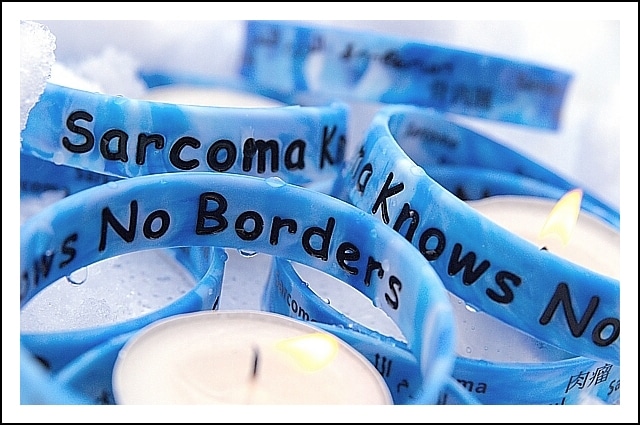Sarcoma Knows No Borders.
It can occur anywhere in the body. It doesn’t discriminate by age, gender or race, and it occurs all over the world. Still, sarcoma is a forgotten cancer.

What is sarcoma?
- Sarcoma is a very dangerous and rare cancer that affects the connective tissues, such as nerves, muscles, cartilage, joints, bone, or blood vessels.
- It can arise anywhere in the body, frequently hidden deep in the limbs.
How prevalent are sarcomas?
- About 1% of all adult cancers are sarcomas.
- About 15% of all children’s cancers are sarcomas.
- There are hundreds of thousands of patients and their families struggling with sarcoma worldwide.
How are sarcomas treated?
- When possible, sarcoma patients have surgery to remove the cancer.
- Surgery is often combined with chemotherapy and/or radiation.
Why are sarcomas dangerous?
- They are often misdiagnosed. Sometimes they are thought to be sports injuries.
- Often, by the time they are diagnosed, they may be large and difficult to remove surgically, and they may have metastasized.
- Many sarcomas resist current treatments.
